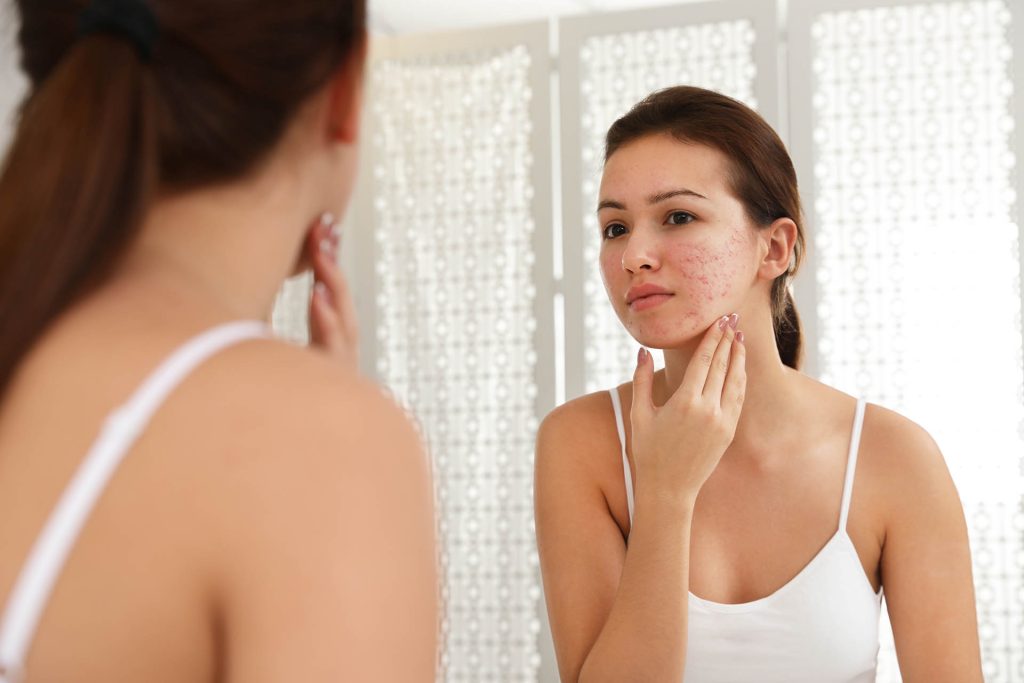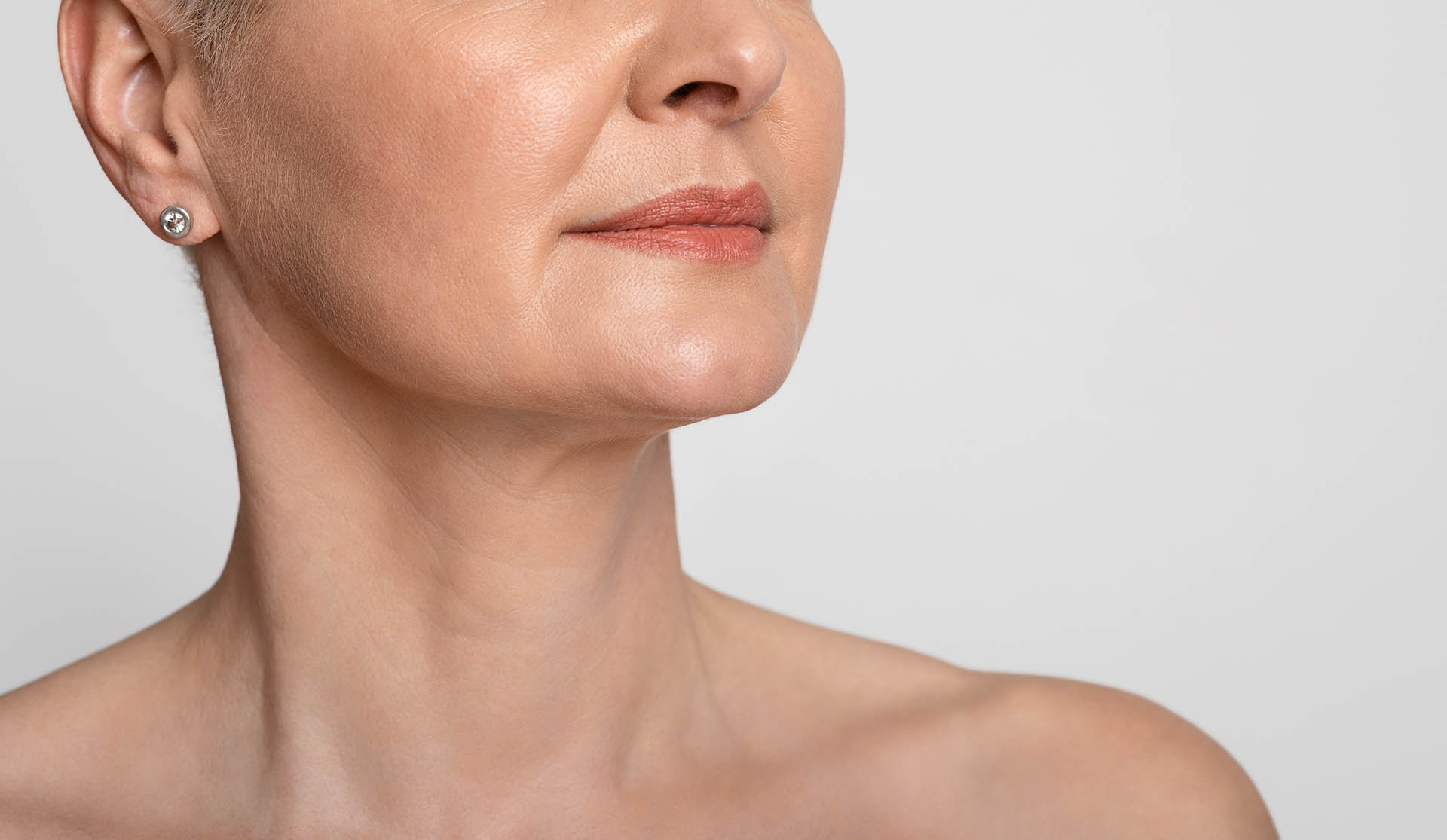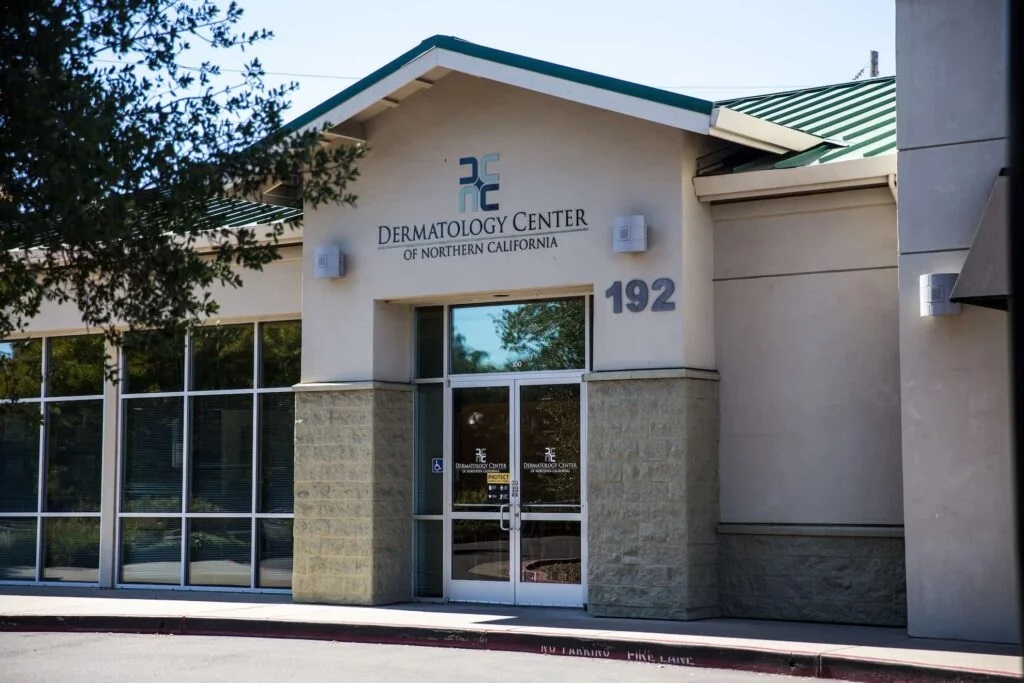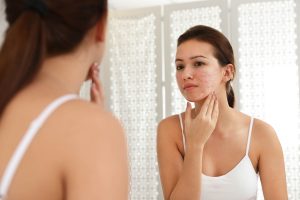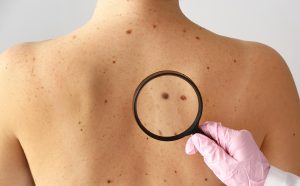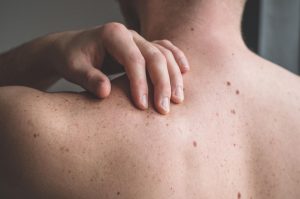Acne can be a problem not only for teens, but also for women well past their twenties, thirties, and even their forties. Many women continue to suffer from recurrent breakouts well into menopause and beyond, causing embarrassment, frustration, and stress in already busy lives.
Why?
Changes in women’s hormones, specifically a decline in estrogen levels, allow the other hormones commonly known as androgens (i.e, testosterone, progesterone) to have a greater effect on our skin. Androgens stimulate oil glands to produce sebum. This increase in sebum triggers bacterial overgrowth and inflammation in the skin which results in tender, nodular or cystic pimples on the lower part of the face particularly the chin, the lower cheeks and jawline, and the upper neck. Androgen levels normally peak during the week prior to menstruating and this is experienced by many women as increased oiliness and acne flares each month in the week prior their period.
A normal decrease in estrogen production often begins during the late thirties (a decade or more prior to menopause), and can result in a gradual or sudden resurgence in acne for women. This acne is a result of the unopposed and increased effect of androgen during this time of life before other signs of menopause appear. Another important, often unrecognized source of adult acne is the use of androgen-containing hormonal contraceptives (e.g, Mirena IUD, LoEstrin pills). Even women in their teens and twenties may notice acne flaring with these types of hormonal contraceptives.
What signs to look for
Scarring from acne is best to avoid since total correction can be extremely difficult even with the latest technology. Acne scars commonly occur on the face, chest, and back and may appear as:
- Shallow depressions or divots
- Deep, ice-pick indentations
- Firm, rubbery bumps or nodules
- Dark brown spots and discoloration
- Persistent pink or red blotches
In general, the deeper and larger the pimples, the greater the risk is for residual scarring.
What you can do
If your acne is causing you discomfort, either physical or emotional stress, there are effective treatments to help. Acne is extremely common in women of all ages and is often a bewildering side effect of hormonal contraceptives, pregnancy and postpartum changes, as well as approaching menopause. This can lead to unwanted imperfections in the skin, especially surface defects and discoloration. Therefore, early treatment of acne is ideal to prevent scarring.
State-of-the-art acne treatment includes topical medications (both prescription and non-prescription), oral antibiotics, Accutane, and blue light therapy. At Golden State Dermatology, we also offer aesthetic treatments to help control acne and reduce the appearance of acne scars. These include acne facials, chemical peels, microneedling, laser treatments, and Silk Peel infusion microdermabrasion.
My approach to the treatment of acne starts with recognizing that each patient requires an individualized treatment plan reflecting her unique needs. I evaluate each patient’s medical history, lifestyle, personal goals, and treatment preferences in order to formulate the most effective plan that will result in healthy, clear, and radiant skin. At Golden State Dermatology, we strive to answer questions clearly and to provide the latest, scientifically proven treatments for our patients.
Written By: Lillian Soohoo, MD
Board Certified Dermatologist
Golden State Dermatology
Melchor Pavilion
2490 Hospital Drive, Suite 201
Mountain View, CA
To book an appointment, click here or call 650.988.5621
